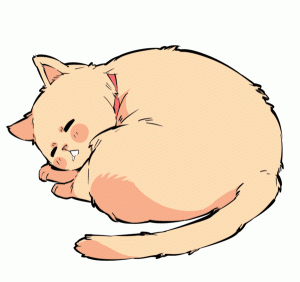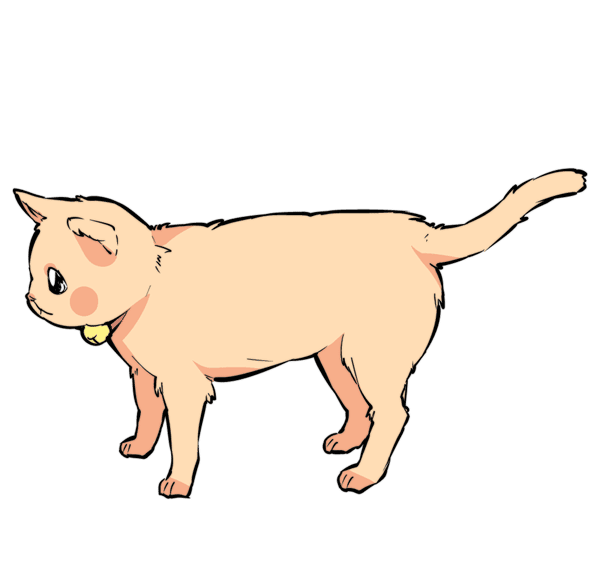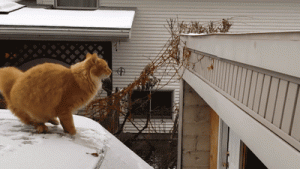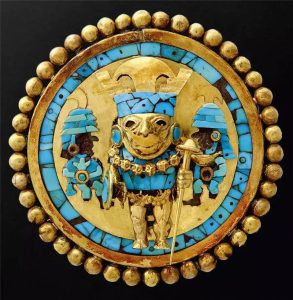Cats can’t speak, and although meowing is one way they communicate, they rely far more on body language to convey messages to the world. Since humans don’t have tails, we often overlook the information a cat’s tail is signaling. In fact, a cat’s tail is one of the clearest and simplest indicators of its current mood, telling you exactly how it feels.
-
Tail held high
When a cat holds its tail high, often with a gentle swish, it indicates the cat is in a good mood—relaxed, confident, and comfortably enjoying its own space.
-
Puffed-up tail
A cat with a puffed-up tail and fur standing on end feels threatened. Something—or someone—nearby may be perceived as a danger. At this point, the cat is defensive and potentially aggressive. Do not provoke it; instead, try to help it calm down.
-
Arched tail
An arched tail signals that the cat is tense and ready for action—a possible confrontation is imminent. It may also be a warning to other animals or people to keep their distance.
-
Tucked tail
When a cat tucks its tail close to its body, it’s expressing sadness or discomfort. This could indicate anxiety, depression, or fear. Owners should give the cat extra attention and reassurance.
-
Drooping tail
A cat that lets its tail hang loosely for no obvious reason might be feeling unwell physically, or it may be signaling submission after being scolded.
-
Vigorous up-and-down swish
A tail moving vigorously up and down shows curiosity. The cat is exploring its surroundings or showing intense interest in something.
-
Gentle up-and-down sway
A lightly swaying tail indicates mild anxiety or nervousness. This is similar to a person shaking their leg when tense.

-
Side-to-side wag
A confident cat may wag its tail happily from side to side. This is often a display of pride and territorial assertion.
-
Tail slapping the ground
A cat that swings its tail rapidly and hits the ground is unhappy or irritated. The best course of action is to give it space and avoid disturbing it.
-
Rhythmic gentle swish
A cat that gently sways its tail in a steady rhythm is focused and concentrating, perhaps planning something significant. At this moment, the cat may be so absorbed it doesn’t even notice its tail moving.
-
Sitting with side-to-side sway
Sometimes a cat, bored or unsure what to do, sits with its tail swaying gently to one side. This is not a sign of stress—it’s simply mild boredom.
-
Tail tip flicking (while sleeping)
If a cat flicks the tip of its tail while sleeping, it’s a subtle signal that it’s tired and does not want to be disturbed, even if you call its name.
-
Tail raised to protect the belly
When you hold a cat with its belly exposed, it may raise its tail. The belly is the most vulnerable part of a cat’s body, and raising the tail is an instinctive way to protect it.
-
Pendulum tail
If a cat’s tail swings like a pendulum while being held, it is signaling that it doesn’t want to be picked up and wants to be set down. If the owner ignores this signal, the cat may start twisting its body, preparing to escape.
If you’re near your cat right now, take a look at its tail! Compare it with these signals and see if you can figure out your cat’s current mood.





